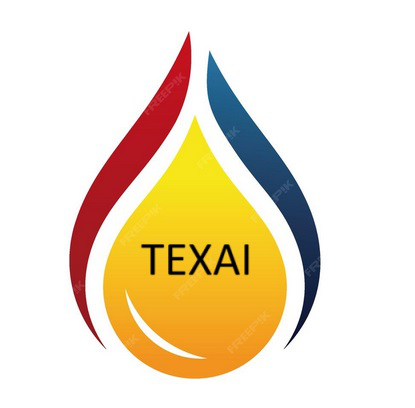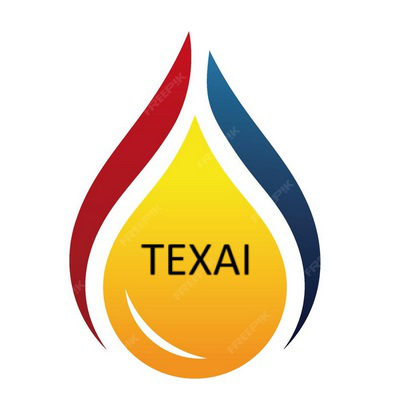Our Strategy
Texai Petroleum Asia Limited. transports physical energy
Texai Petroleum Asia Limited uses the most logistically effective methods, including trucks, trains, ships, and pipelines, to transport physical energy from its sources and storage facilities to the areas where it is most needed. Despite having a history of trading oil, Texai Petroleum Asia Limited now trades anything that may be traded and anything the market will bear. Currently, half of our trading volumes are made up of natural gas, renewable energy, and biofuels.
What gets moved tomorrow will depend on how the global community balances the need to reach net-zero emissions in order to battle climate change with the need for inexpensive energy and economic prosperity. Potential regions include sunlight, ammonia, and hydrogen. The trading of coal has already been discontinued by Texai Petroleum Asia Limited. We become ready and adjust to manage the risks brought on by this shifting energy landscape.
More energy, less emissions
Energy is a necessary resource that is needed for many aspects of daily life, heating and cooling, transportation, building, and commerce. Because that the world’s energy system still depends 80% on fossil fuels, it is also at the core of the climate problem. In the past, the demand for energy has grown in tandem with changing demographics and rising living standards. Between 2023 and 2050, there will be a nearly 2 billion rise in the world’s population. The UN Sustainable Development Goals (SDGs), which aim to enhance wealth and social well-being while preserving the environment and biodiversity, will be significantly impacted by this view. Texai Petroleum Asia Limited construction of a decarbonized energy system will be accelerated urgently.
Our goal is to apply our integrated Oil & Gas & Hydrogen approach to the value chain of electricity and transport. We are building a competitive portfolio of flexible (CCGT, storage) and renewable (solar, hydrogen) assets so that we can provide our clients low-carbon electricity and transport fuels that is available around-the-clock. By 2030, we want to have increased our electricity generation and green transport fuels to over 100 TWh. Furthermore, we are investing in hydrogen and its derivatives, such as H2-fuel and Sustainable Aviation Fuel (SAF), as well as low-carbon molecules like biofuels and biogas. The lifecycle carbon intensity of our clients’ energy products serves as a critical barometer for tracking our progress toward a low-carbon energy future. The reduction in carbon intensity is indicative of our advancement in its implementation.

